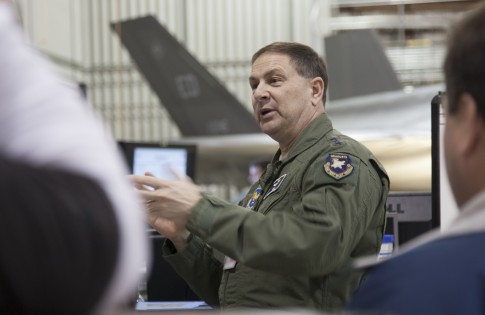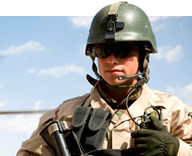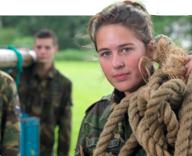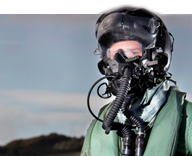Bron: http://www.af.mil/news/story.asp?storyID=123334726
by Laura Mowry
412th Test Wing Public Affairs
2/1/2013 – EDWARDS AIR FORCE BASE, Calif. (AFNS)
Members of the F-35 Integrated Test Force showcased their accomplishments in the developmental test program to the F-35 Lightning II Joint Program executive officer during his vist here Jan. 22.
This was Lt. Gen. Christopher C. Bogdan’s first visit to the ITF since his assumption of the role in December 2012. During his visit, Bogdan met with base leadership, toured facilities and gained valuable program insights.
“This was an opportunity for General Bogdan to see the testing done at Edwards and it allowed us to showcase the great work done here,” said Lt. Col. George Schwartz, F-35 ITF government director. “It was a chance to show all that we accomplished last year and what’s ahead. There have been a lot of challenges, but the hard work by this team has produced improvements in every aspect of the weapon system. We were able to show him that we’re making steady progress.”
ITF members made major progress in testing during Bogden’s visit. The program executive officer watched the final test mission for all clean-wing flutter, which certified the F-35 is clear of flutter at speeds up to 1.6 Mach and 700 knots with weapon bay doors open or closed.
“This testing has taken years to accomplish and we were very fortunate he was here to see it. This is an important milestone from a capabilities standpoint and what we will deliver to the warfighter,” Schwartz said.
During his visit, Bogdan thanked the men and women of the ITF for their hard work and dedication to the program and also reminded personnel that their commitment to develop and test the fifth-generation stealth fighter remains of the highest importance.
“We are gathering … momentum in this flight test program; it is one of the highlights and one of the good things I stand up in front of Congress and the senior leaders and I tell them about all the time. So I want to thank you for that. Your work here is critically important,” Bogdan said.
While detailing current and future challenges of the program, Bogdan emphasized the joint strike fighter’s incredible complexity associated with the multi-service, multi-national program.
“This program (includes) three services, eight partners and currently two Foreign Military Sales customers and at one level or another, they all get a say in what we do. That makes things hard moving forward,” Bogdan said.
He also addressed the challenge of concurrency. The F-35 is still being designed, flight tested and produced while service members at Eglin AFB, Fla. and Marine Corps Air Station Yuma, Ariz., are flying and maintaining the aircraft operationally.
“Granted it’s a very small operational window we have given Eglin and at Yuma, but they are out there flying airplanes and we have to support those airplanes. You wrap all that together and what you have is a program, that when you push on any one part of the program, it causes big effects on other parts,” Bogdan said.
Despite budgetary and concurrency challenges facing the program, Bogdan emphasized his confidence in the men and women of the F-35 ITF to continue their great work and urged them to find ways to maximize efficiency.
He also stressed the importance of accountability and learning from the past.
“There’s a lot of negativity looking in the rearview mirror of this program. Let’s not forget this program had problems, but hold this team and me accountable for what happens now and in the future. I want everyone to think about how to make you and your job more productive. Ask how we can do this in a better way. We need to become more efficient and more effective so we do not let the warfighter down,” Bogdan said.
Always looking to capitalize on opportunities for improvement, Schwartz said the F-35 ITF has implemented sensible changes to the developmental test program, which cut costs and maximizes flexibility, while remaining fully committed to delivering the war-winning capabilities of the F-35 as efficiently as possible,
“We have reached a level of maturity in the aircraft where it is safe to not chase low risk test missions. This is a natural evolution in a developmental program and we are always looking for ways like this to operate smarter,” Schwartz said.
“In 2013, there will be approximately 100 missions, which include mostly mission systems testing and some flight sciences that will no longer require us to fly chase,” he added. “It gives us more flexibility with our flying and saves approximately $3.5 million locally. The F-35 ITF is and has always been committed to maximizing efficiency and we will continue to look for ways to do so.”
The F-35 Lightning II Joint Program Office is the Department of Defense’s agency responsible for developing and acquiring the F-35A/B/C, the next-generation strike aircraft weapon system for the Navy, Air Force, Marines, and many allied nations.






